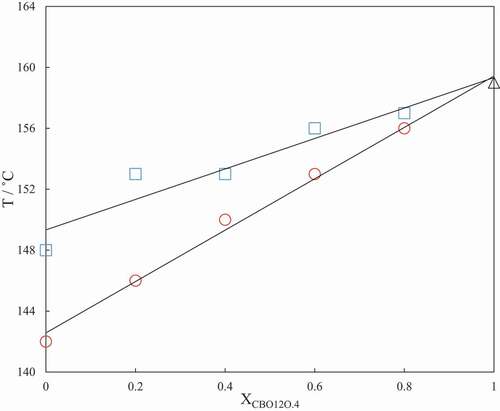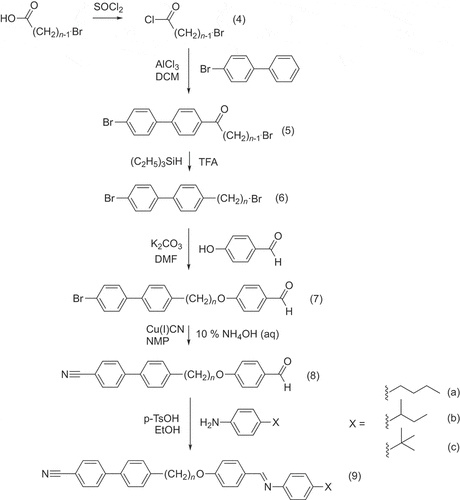Figures & data
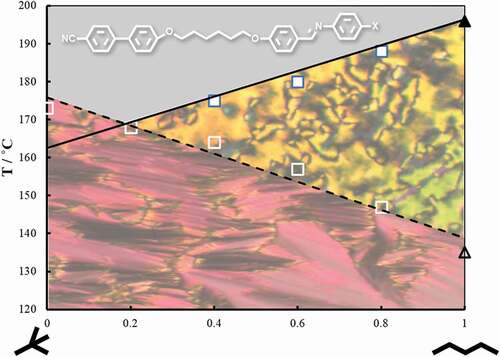

Figure 1. Sketches of the molecular organisation within (a) the interdigitated, (b) the intercalated and (c) the monolayer smectic A phases composed of nonsymmetric liquid crystal dimers: d denotes the layer spacing, and l the molecular length.
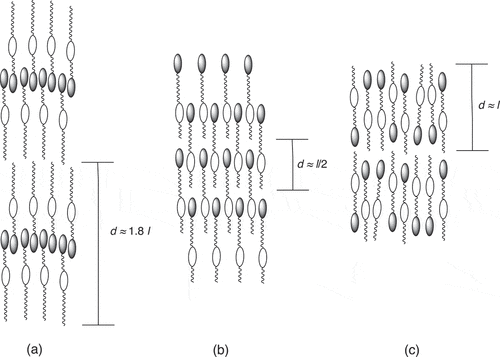
Scheme 1. Synthesis of the CBOnO.X dimers, where n = 4, 5, 6, 11 or 12 and xX = n-, sec- or tert-butyl.
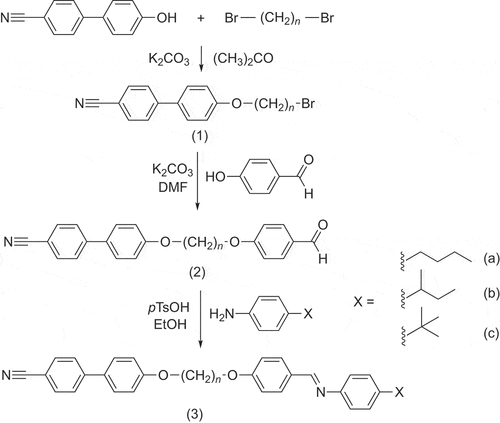
Figure 3. (Colour online) The textures obtained using the polarised light optical microscope for CBO4O.4 in (left) the nematic, and (right) the smectic A phase.
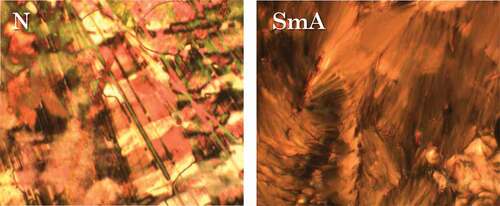
Table 1. The transition temperatures and associated scaled entropy changes, ∆S/R, for the CBOnO.X series.
Figure 4. (Colour online) The textures obtained using the polarised optical microscope for CBO5O.s4 in (left) the nematic, and (right) the smectic X2 phase.
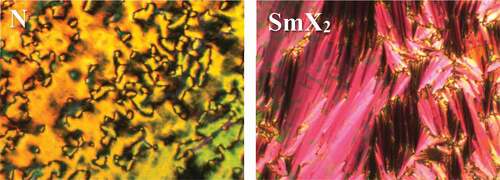
Figure 5. (Colour online) The textures obtained using the polarised light optical microscope and the corresponding X-ray diffraction patterns for CBO6O.4 in (from left to right) the nematic, the smectic A, hexatic B and soft crystal E phases.
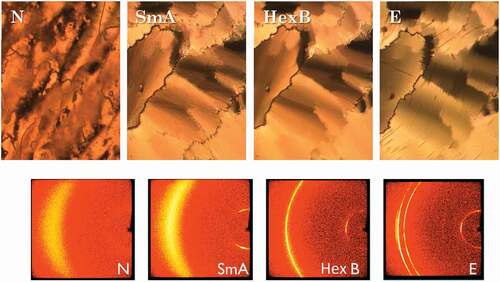
Figure 6. (Colour online) The textures obtained using the polarised optical microscope and the corresponding X-ray diffraction patterns for CBO11O.4 in (a) the nematic, (b) the smectic A, (c) smectic C, (d) smectic I and (e) soft crystal J phases.
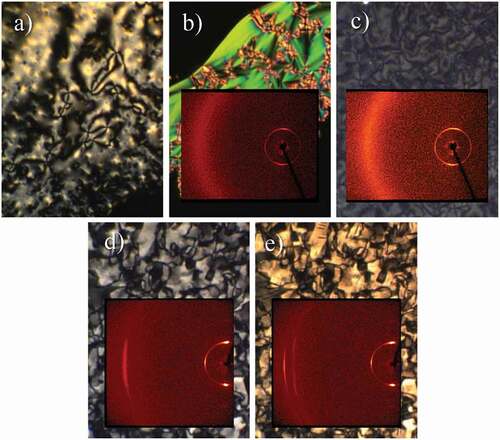
Table 2. Layer spacings, d, and ratio of layer spacing to molecular length, l, d/l, for the CBO11O.X and CBO12O.X series.
Figure 7. (Colour online) The textures obtained using the polarised optical microscope and the corresponding X-ray diffraction patterns for CB5O.4 in (a) the nematic, (b) the smectic A and (c) smectic X1 phases.
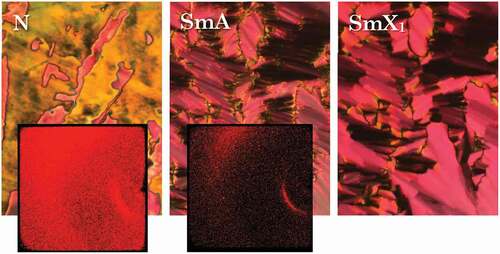
Table 3. The transition temperatures and associated scaled entropy changes, ∆S/R, for the CBnO.X series.
Figure 8. (Colour online) The textures obtained using the polarised optical microscope for CB8O.4 in (from left to right) the nematic, the twist-bend nematic, the smectic C, the smectic X3 and the soft crystal X4 phases.

Figure 9. (Colour online) The dependence of the transition temperatures on the mole fraction of CBO6O.4 for binary mixtures of CBO6O.4 with CBO6O.s4 (red circles) and with CBO6O.t4 (blue squares). the triangles indicate the transition temperatures for CBO6O.4. Filled symbols denote N-I transitions and open symbols either SmA-N or SmA-I transitions. Only Sm-N/I and N-I transitions are shown for the sake of clarity.
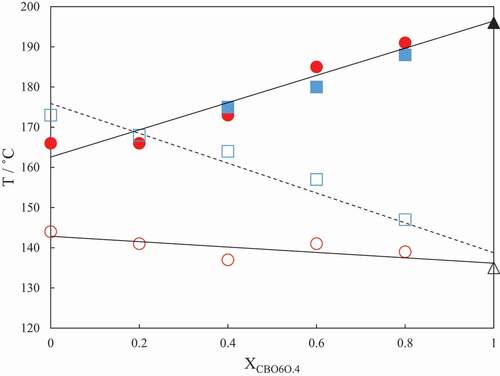
Figure 10. (Colour online) The dependence of the smectic A-isotropic transition temperatures, TSmAI, on the mole fraction of CBO12O.4 for binary mixtures of CBO12O.4 with CBO12O.s4 (red circles) and with CBO12O.t4 (blue squares). The triangle indicates TSmAI for CBO6O.4. Only SmA-I transitions are shown for the sake of clarity.
